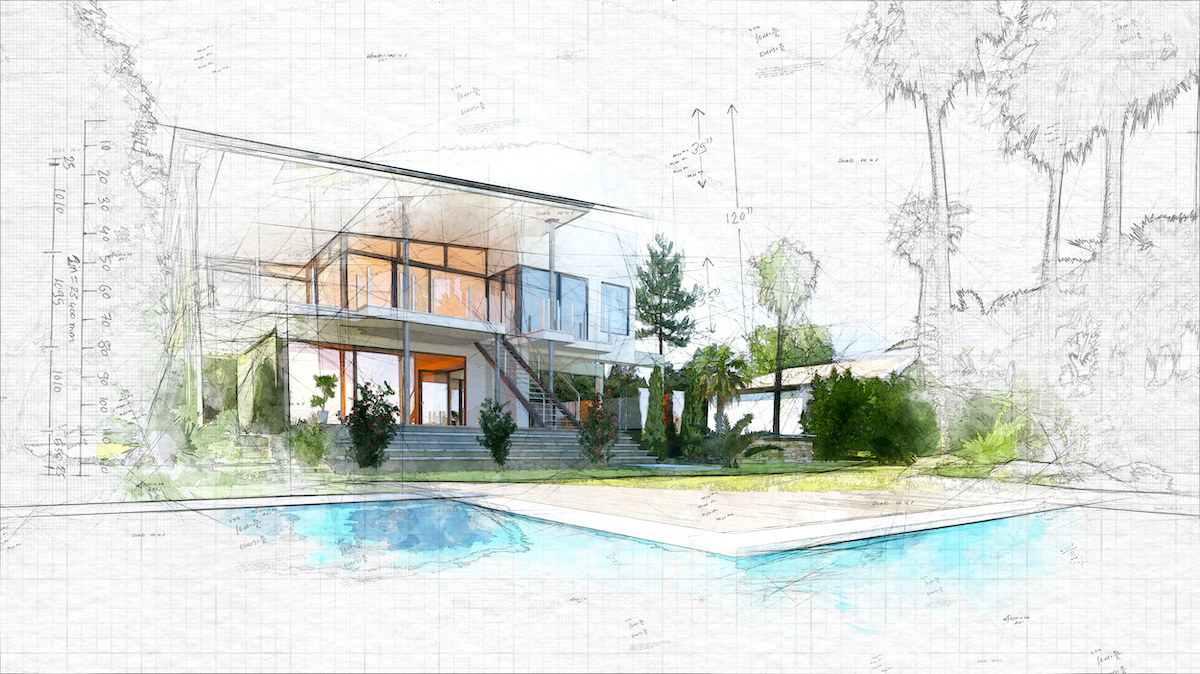Discover Cutting-edge Styles with Leading CDA Architects for Your Next Project
Comprehending the Collaborative Refine Between Architects and Designers in Modern Building Projects
The collective procedure between architects and designers is vital in modern building and construction jobs, as it integrates layout intent with engineering feasibility. Discovering these characteristics exposes insights that might significantly impact job outcomes and general market standards.
The Value of Partnership
The joint harmony in between designers and engineers is necessary for the effective awareness of any type of construction job. This collaboration unites distinct knowledge and perspectives, enabling the assimilation of cutting-edge layout with sensible engineering solutions. By collaborating, engineers and designers can make certain that a project not only satisfies visual and useful requirements yet additionally abides by security, sustainability, and financial restrictions.
Partnership fosters a shared vision, promoting the placement of objectives and assumptions from the beginning. This placement is important in dealing with potential obstacles and mitigating dangers that can develop throughout the job lifecycle. A joint strategy permits for the reliable appropriation of resources, optimizing both time and expense.
The significance of partnership encompasses the iterative procedure of layout and building, where feedback from designers can educate architectural choices, resulting in more practical and sustainable designs. On the other hand, engineers can motivate designers to believe creatively about just how to achieve structural integrity without compromising creative intent. Inevitably, the collective partnership between designers and engineers is not merely useful; it is essential to the development of premium, useful, and innovative developed environments that satisfy the demands of culture.
Interaction Techniques and Devices
Reliable interaction strategies and tools are crucial for cultivating cooperation between designers and engineers throughout the task lifecycle. Establishing clear networks of interaction is essential to make certain that all staff member are aligned with project purposes, timelines, and obligations. Regular meetings, both in-person and digital, provide chances for stakeholders to review development, address worries, and make informed decisions.

Furthermore, adopting collective communication tools, such as Slack or Microsoft Teams, permits instantaneous messaging, data sharing, and continuous conversations, promoting a much more nimble reaction to arising problems. Document management systems likewise play an essential role in organizing task documentation, guaranteeing that all team members have accessibility to the current information.
Shared Goals and Job Vision
A linked task vision acts as the structure for successful partnership in between architects and designers (cda architects). This common vision not just straightens the initiatives of both celebrations however likewise establishes a typical structure for decision-making throughout the task's lifecycle. By articulating clear objectives, stakeholders can properly browse the intricacies of contemporary building and construction projects, guaranteeing that both aesthetic and useful needs are satisfied
Developing common objectives involves open dialogue and a comprehensive understanding of each self-control's payments. Designers commonly concentrate on design intent, spatial relationships, and customer experience, while designers highlight structural integrity, systems capability, and conformity with laws. When these viewpoints are lined up, the outcome is a natural task that abides by both innovative goals and technical feasibility.
Furthermore, a well-defined project vision fosters accountability amongst staff member, encouraging each participant to take ownership of their duty in achieving the preferred outcome. Routine check-ins and joint workshops can better strengthen this dedication, permitting changes to be made as the task advances. Eventually, a shared vision not only boosts team effort however additionally boosts the quality of the last deliverable, bring about successful task completion.
The Duty of Modern Technology
Leveraging modern technology has come to be important in enhancing partnership between designers and over here designers. The integration of innovative software program devices helps with real-time interaction and details sharing, enabling groups to function extra efficiently and efficiently. Structure Information Modeling (BIM) attracts attention as an essential technology, enabling both architects and engineers to produce thorough 3D versions that encapsulate layout intent and architectural integrity. This shared visual depiction decreases misunderstandings and simplifies the decision-making process.
Furthermore, cloud-based platforms enable seamless partnership, allowing task stakeholders to accessibility and update project information from anywhere. This promotes a society of transparency and accountability, as changes can be tracked and assessed in real-time. In addition, mobile applications further boost communication, supplying on-site groups with immediate access to job requirements and updates.
Emerging innovations such as synthetic intelligence and device knowing are additionally starting to contribute in anticipating evaluation, helping groups determine possible issues before they occur. Inevitably, the function of innovation in architecture-engineering partnership not only enhances operations performances yet additionally boosts technology, causing even more successful project end results. By accepting these technical improvements, designers and engineers can guarantee an extra cohesive and effective collaborative procedure throughout the construction lifecycle.
Study in Effective Partnerships
Various study illustrate the profound effect of efficient partnerships between architects and engineers on project outcomes. One noteworthy example is the collaboration on the High Line in New York City City, where landscape designers, designers, and urban planners interacted to change an abandoned rail line into a vibrant public park. This multidisciplinary approach not only improved the visual top quality yet likewise made certain architectural safety and security and environmental sustainability.

The Burj Khalifa in Dubai better demonstrates the significance of collective initiatives - cda architects. The assimilation of Get the facts style and engineering proficiency made it possible for the job group to achieve unprecedented heights while adhering to safety and security guidelines and visual vision
These examples highlight the significance of interaction, depend on, and shared purposes. In today's intricate building and construction atmosphere, such partnerships are vital to browsing difficulties and supplying jobs that satisfy both practical and visionary objectives.
Verdict
In verdict, the collaboration between architects and engineers is important for the success of modern-day building tasks. Effective interaction techniques, a shared project vision, and the integration of innovative innovations are essential components that facilitate this partnership.